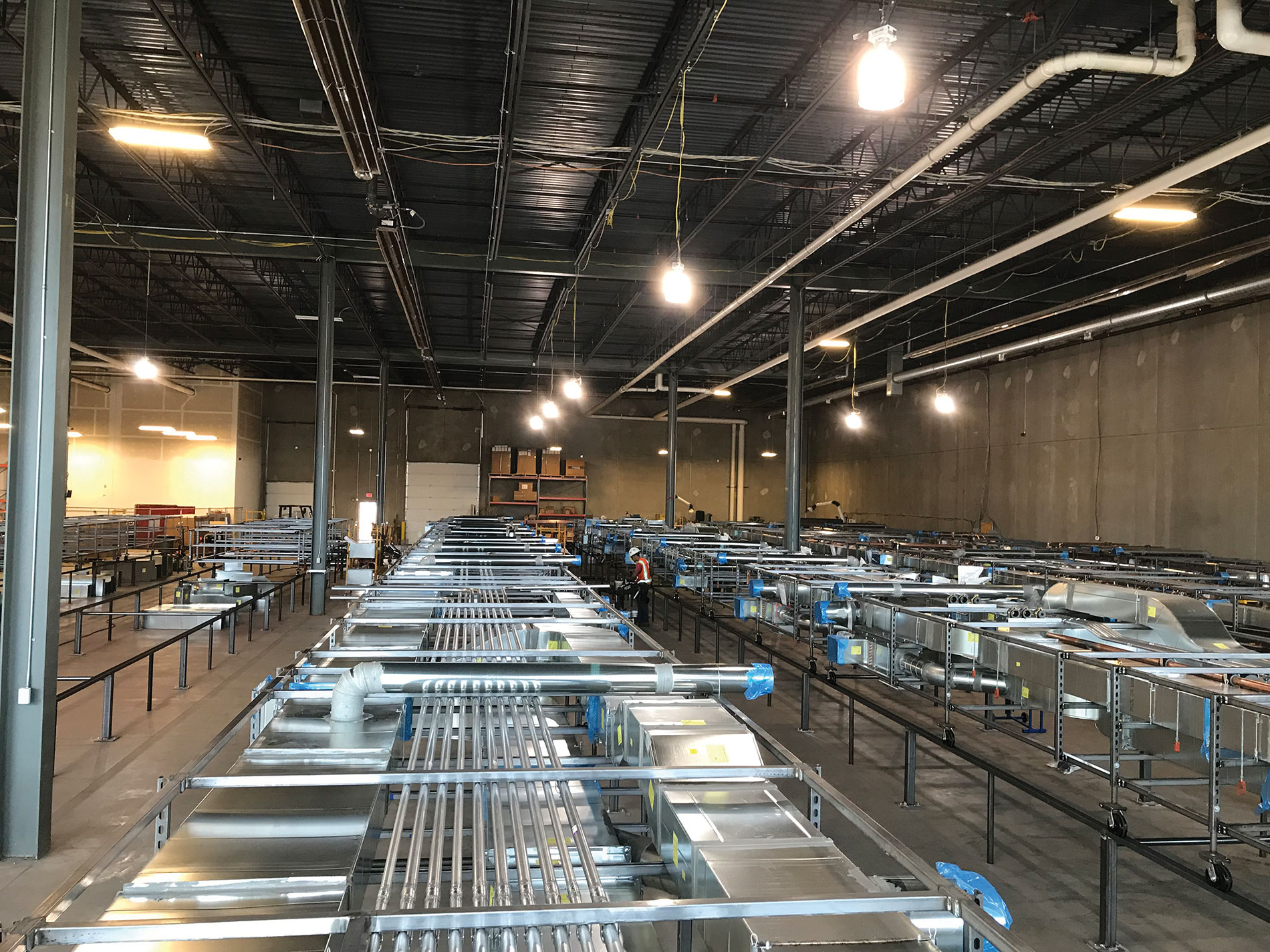Is electrical prefabrication worth it?
Does the term electrical prefabrication ring a bell in your ears? Or have you ever used Building Information Modeling (BIM) in your construction project? Electrical prefabrication has become an important tool in your electrical field, particularly with the rise in modular construction methods. This article will explain why electrical prefabrication is worth it in your company.
Here are the reasons why prefabrication is beneficial to your electrical construction firm
Cost savings
Unlike the traditional construction methods, prefabrication enables you to create and manage data throughout the stages of the design, construction and operations process with ease and at a low building cost. Prefabrication involves the construction of duplicated field instruction tasks within the shortest time possible. The cost savings attributed to prefabrication can be realized in the following ways.
Reduced material costs
Prefabrication allows you to assemble similar components for jobs and make a bulk purchase of the materials with specific measurements or quantities. However, with a conventional construction method, it is obvious that some materials are purchased in unpredicted shapes or sizes. So they might be cut to a desired shape or size for installation. The unwanted parts are usually turned into waste.
Reduced labor costs
A prior assembling of construction components and a head of actual installation reduces the time and human labor that may be needed at the installation site. For example, purchasing electrical prefabricated substation components will save you from labor load on your firm while installing the components.
Reduced estimating cost
It allows estimating software to incorporate prefabricated assemblies on your system, which fast-tracks the counting process.
Time-Saving
The errors in prefabricated materials are close to none and require little inspection during installation. With the right specifications in the prefabricated assemblies, contractors spend less energy and time installing the project. For instance, a prefabricated substation may only require connections and activation to operate. Otherwise, the system is always set and ready to run.
Also, unlike traditional construction methods, prefabrication minimizes the unnecessary movement of materials on the installation site. As you continue to gain more experience in fixing and handling prefabricated electrical materials, you will soon start working efficiently and spending less time on installation.
Prefabrication shortens the entire project’s estimated timeline. Since most of the building components are prefabricated ahead of construction, it can help you save time by narrowing the possibility of being affected by bad weather.
Requirements for Effective Use of Prefabrication in Electrical.
It is advisable to take precautions and move with care when starting to prefabricate components within your company. Always begin with a few items as you learn and determine the risks involved. A step-by-step strategy will also reveal what works and any necessary adjustments.
Moreover, the success or failure of prefabrication lies solely in project planning. The outcome will be influenced by the quality of planning and how knowledgeable you’re about the project. Be more concerned with the specifications of components to avoid mismatches and errors during installation.
It is important to note and understand the three major phases of prefabrication- structural, panels, and modular construction. They are equally used in prefabricated substation building processes.
The Future of Electrical Prefabrication
Even though prefabrication is fairly penetrating the electrical construction industry, many electricians have acknowledged the benefits that come with it. Electrical firms are joining and collaborating with other construction and building engineers thanks to prefabrication.
The realization of the value of prefabrication has seen some companies integrating prefabricated electrical components. Some of those components include light fixture brackets, rough-in electrical systems, and power and data communications box assemblies developed by construction firms.
With the rise in global construction waste, there is a high chance of electrical prefabrications scaling up into various sectors to reduce and manage construction waste products.
Lastly, electrical prefabrication has proven to have more benefits to your firm than traditional methods. It helps save time and costs on labor and materials. However, the project’s planning is equally important for the success of the prefabrication process.

